6 Benefits of Regular Tree Trimming
Regular tree trimming offers far-reaching benefits that extend well beyond simple aesthetic improvements. Maintaining your trees on a consistent schedule is essential for promoting their health, preventing hazards, enhancing property value, and supporting the surrounding environment. Trees that are properly trimmed live longer, grow stronger, and provide safer and more enjoyable spaces for both people and wildlife. By understanding the advantages of tree trimming, homeowners and communities can see why investing in routine care is not just a maintenance task but a long-term strategy. From mitigating storm damage to encouraging sustainable ecosystems, tree trimming is a vital practice that benefits both individual properties and broader communities. Moreover, well-maintained trees can improve air quality, support wildlife, and create more pleasant, functional outdoor spaces for family and community activities, making consistent care a truly worthwhile investment.
1. Strengthen Tree Health and Growth
One of the most compelling reasons to schedule regular tree trimming is to improve the overall health of trees. Over time, branches can become overcrowded, diseased, or weak, which strains the tree’s energy and resources. By selectively removing these branches, trimming allows the tree to direct its nutrients and energy to the healthier parts, encouraging more vigorous growth and a stronger canopy.
Proper tree trimming also promotes flowering and fruit production. For homeowners with fruit-bearing trees, trimming at the correct time of year can result in more abundant yields and healthier fruit. Similarly, flowering trees benefit from improved sunlight penetration and air circulation, leading to larger, more vibrant blooms. Removing dead or dying branches also reduces the risk of pests and disease spreading throughout the tree.
A well-trimmed tree is structurally stronger and better able to withstand environmental stressors, such as high winds, heavy snow, or drought conditions. In addition, trimming can stimulate the growth of new shoots, helping the tree develop a balanced and aesthetically pleasing shape. In essence, regular maintenance is an investment in the tree’s longevity, resilience, and overall vitality.
2. Increase Safety and Prevent Hazards
Safety is a critical factor when it comes to tree care, making tree trimming indispensable. Overgrown or damaged branches pose serious risks to people, property, and public infrastructure. Falling branches can damage vehicles, homes, fences, and outdoor structures, and they can also cause personal injury if someone is underneath. Regular trimming mitigates these hazards by removing weak or compromised limbs before they become dangerous.
Another key safety concern involves power lines. Trees that grow into or near electrical wires can cause outages, fires, and safety violations. By proactively trimming branches, homeowners and communities reduce the risk of service interruptions and avoid potential hazards associated with electrical contact.
Additionally, tree trimming can enhance visibility for drivers and pedestrians. Overgrown branches along streets or intersections can block sightlines, increasing the likelihood of accidents. By maintaining clear pathways, trimming contributes to safer streets and neighborhoods. According to IBISWorld, the tree trimming services industry in the United States has been growing at a CAGR of 5.8% between 2020 and 2025, reflecting increasing awareness of these safety benefits. Proactive tree care is therefore not only practical but also essential for community well-being.
3. Elevate Curb Appeal and Property Value
Beyond health and safety, tree trimming plays a significant role in enhancing property aesthetics and value. Trees that are regularly trimmed maintain symmetrical shapes and balanced canopies, contributing to a well-designed landscape. Overgrown trees can appear neglected, overshadow gardens, or obstruct architectural features, detracting from a property’s visual appeal.
Trimming allows homeowners to sculpt trees according to their landscaping goals, improving the flow of outdoor spaces and creating visually pleasing arrangements. A property with well-maintained trees often attracts more attention from potential buyers and can command higher resale values. Trees that produce flowers or fruit further enhance aesthetic appeal while offering practical benefits, such as shade and fresh produce.
In addition to beauty, regular trimming keeps trees proportionate to surrounding plants and structures. This ensures that no single tree dominates the landscape or causes issues with neighboring vegetation. Ultimately, tree trimming is an investment in the overall presentation and marketability of a property, making it both a functional and financial advantage.
4. Save Money Through Preventive Care
Regular tree trimming also provides significant financial benefits. Proactively maintaining trees reduces the risk of emergency situations, such as large branches falling during storms, which can lead to costly property damage. Scheduled trimming allows homeowners to address potential problems before they escalate into expensive interventions, making overall tree care more manageable and budget-friendly.
Trimming also minimizes long-term maintenance costs by reducing the likelihood of disease or pest infestations. Trees that are healthy and well-pruned require fewer treatments, less frequent intervention, and minimal corrective work over time. This careful management extends the life of the tree and prevents the need for costly removal or replacement.
Additionally, untrimmed trees can damage surrounding infrastructure. Roots or overgrown branches can disrupt sidewalks, driveways, fences, and utility systems. By trimming trees responsibly, homeowners protect both their property and local infrastructure, avoiding expensive repairs. Strategically placed trees can even reduce energy costs, providing shade in summer and allowing sunlight in winter, contributing to overall household savings.
5. Support Environmental Health and Biodiversity
Trees provide vital environmental benefits, and tree trimming ensures they continue to do so effectively. Healthy trees absorb carbon dioxide, filter air pollutants, and regulate local microclimates. Proper trimming increases the number of leaves exposed to sunlight, enhancing photosynthesis and the tree’s capacity to produce oxygen.
Well-maintained trees also improve water quality. By promoting strong root systems and healthy growth, trimming helps trees absorb rainwater more efficiently and reduce runoff that can carry pollutants into waterways. This makes tree care an essential component of broader environmental conservation efforts.
Trimming additionally supports wildlife habitats. Healthy, balanced trees provide shelter and resources for birds, insects, and small mammals. Preventing overgrowth ensures diverse plant and animal populations can thrive, contributing to ecosystem stability. By fostering biodiversity, trimming helps maintain resilient and sustainable landscapes. Communities that prioritize tree trimming not only protect the environment but also create greener, healthier urban and suburban spaces.
6. Foster Stronger, More Connected Communities
Regular tree trimming benefits communities by creating safe, accessible, and visually appealing public spaces. Parks, sidewalks, and shared green areas with well-maintained trees encourage outdoor activity, improve mental health, and foster social interaction. When trees are properly cared for, they become focal points for gatherings, recreational events, and community projects.
Trimming also encourages urban greening initiatives. Well-maintained trees in public spaces inspire environmental stewardship and community participation. Citizens become more invested in protecting local greenery, promoting sustainable practices and ecological awareness. Beyond ecological benefits, manicured trees enhance the mental well-being of residents. Access to green spaces has been shown to reduce stress, improve mood, and promote overall wellness. By investing in tree trimming, communities create safer, more attractive, and healthier environments for everyone to enjoy.
Regular tree trimming is a vital practice that delivers extensive benefits, from strengthening tree health and preventing hazards to improving aesthetics, property value, and environmental sustainability. It supports financial efficiency by reducing emergency repair costs, protects public safety, and fosters healthier, more resilient ecosystems. Additionally, trimming enhances community spaces, encourages biodiversity, and promotes environmental stewardship. By making tree maintenance a routine part of property care, homeowners and communities alike can enjoy safer, more attractive, and sustainable landscapes. For professional tree care that maximizes these benefits, contact All American Tree & Turf LLC to schedule your next tree trimming service.
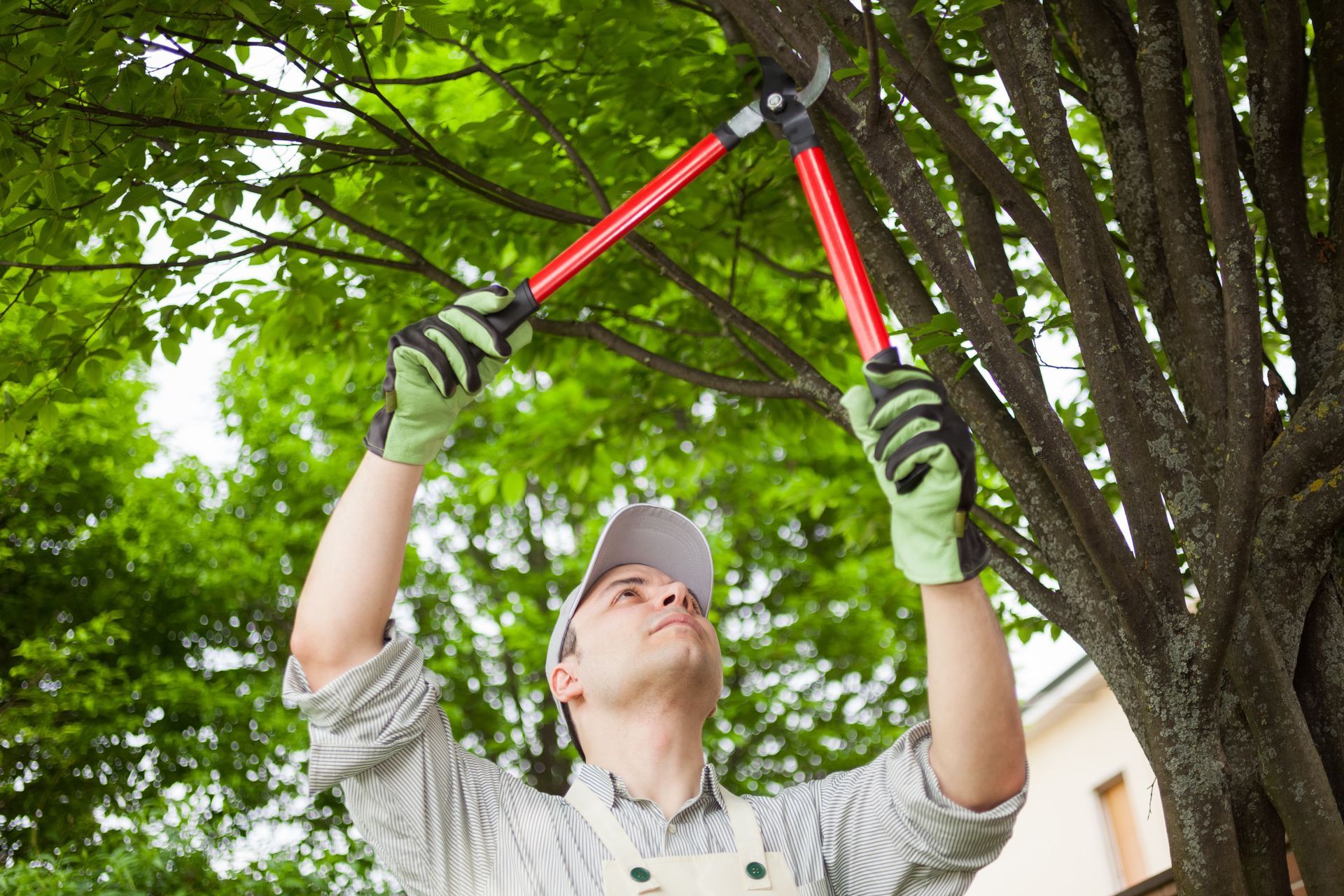
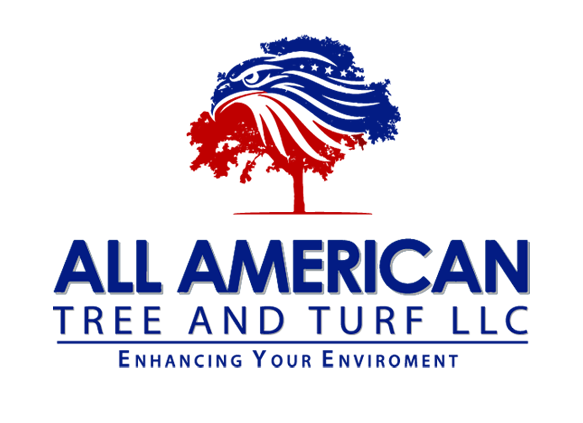

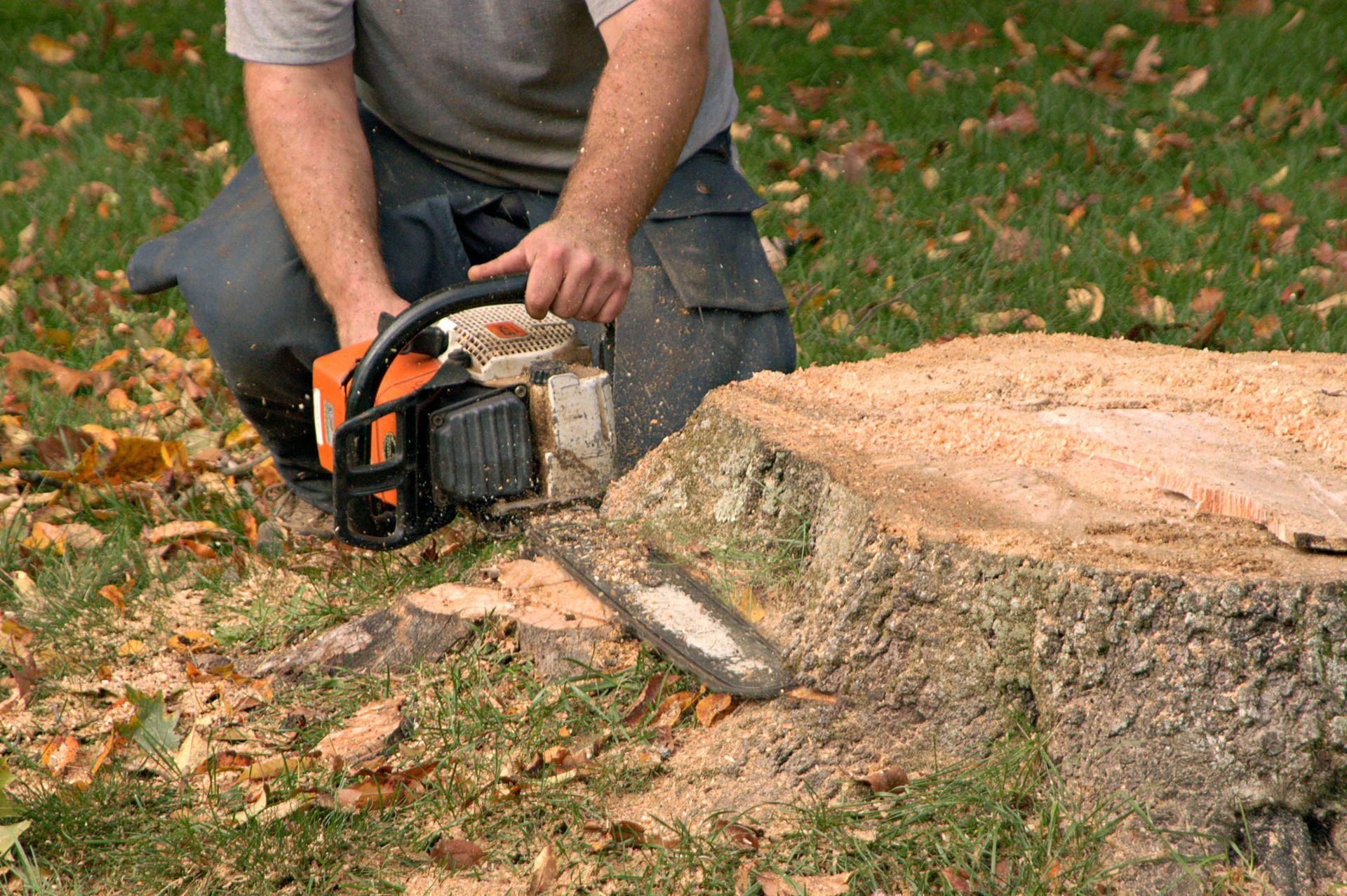
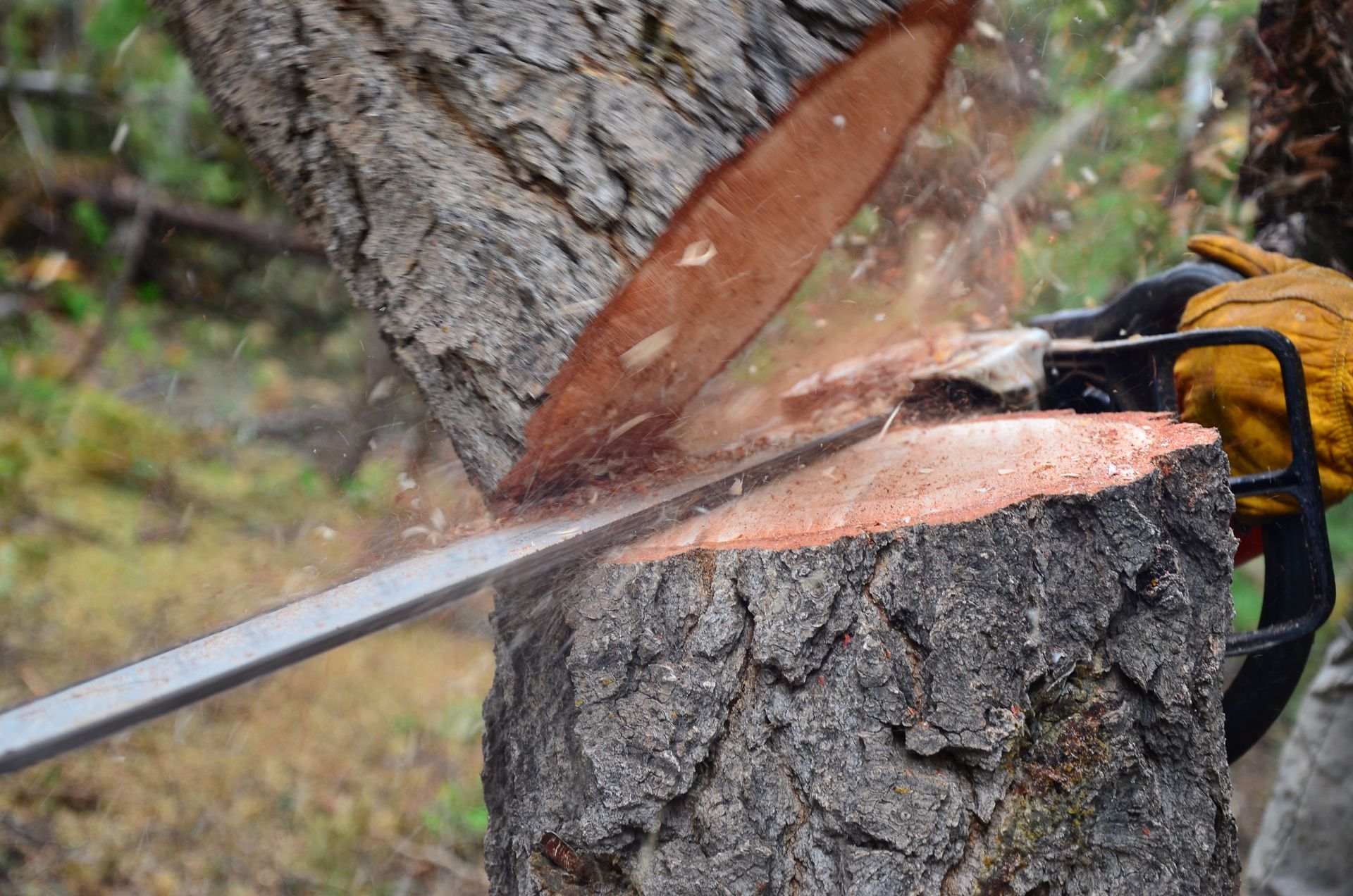
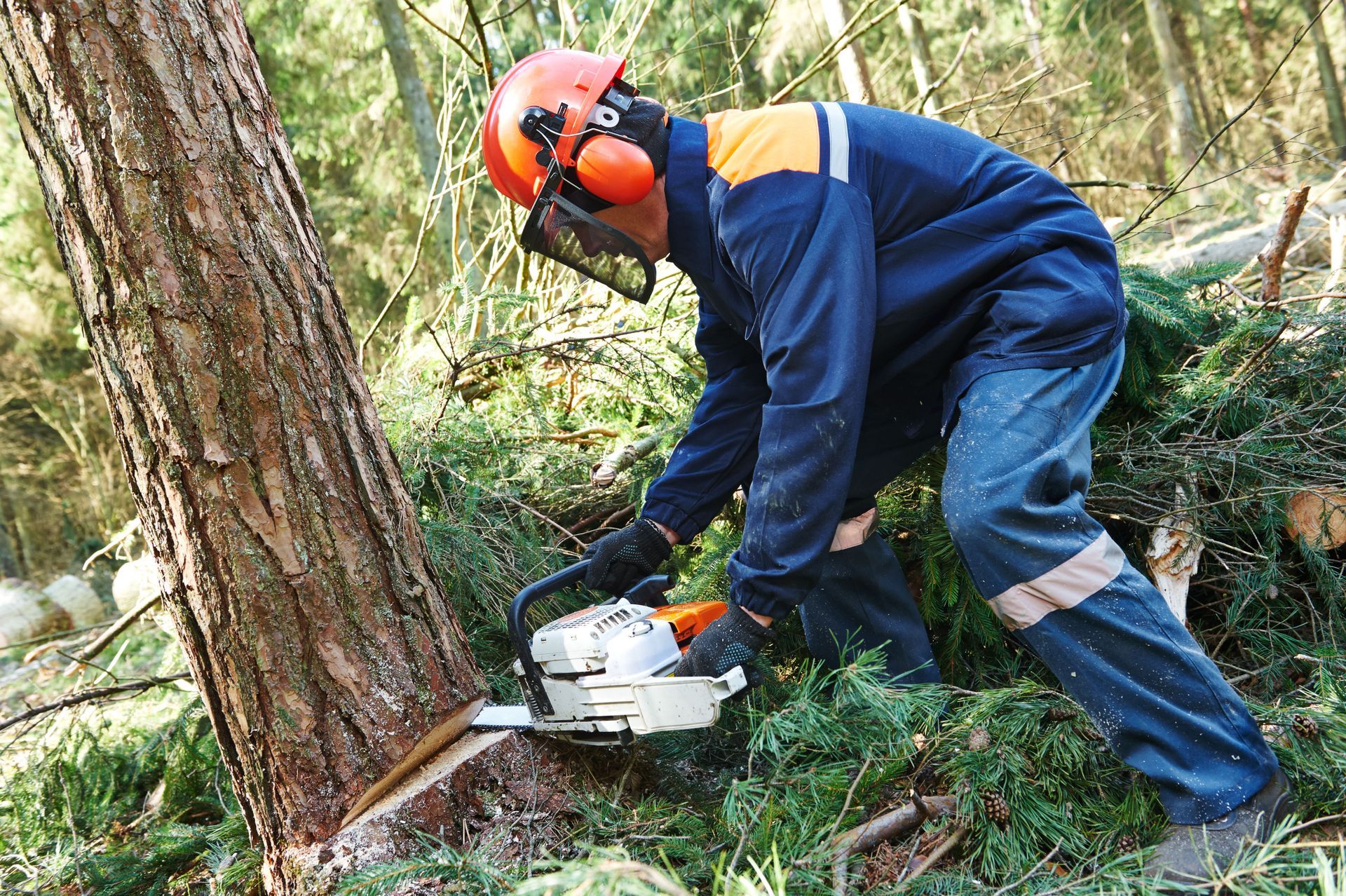
Share On: